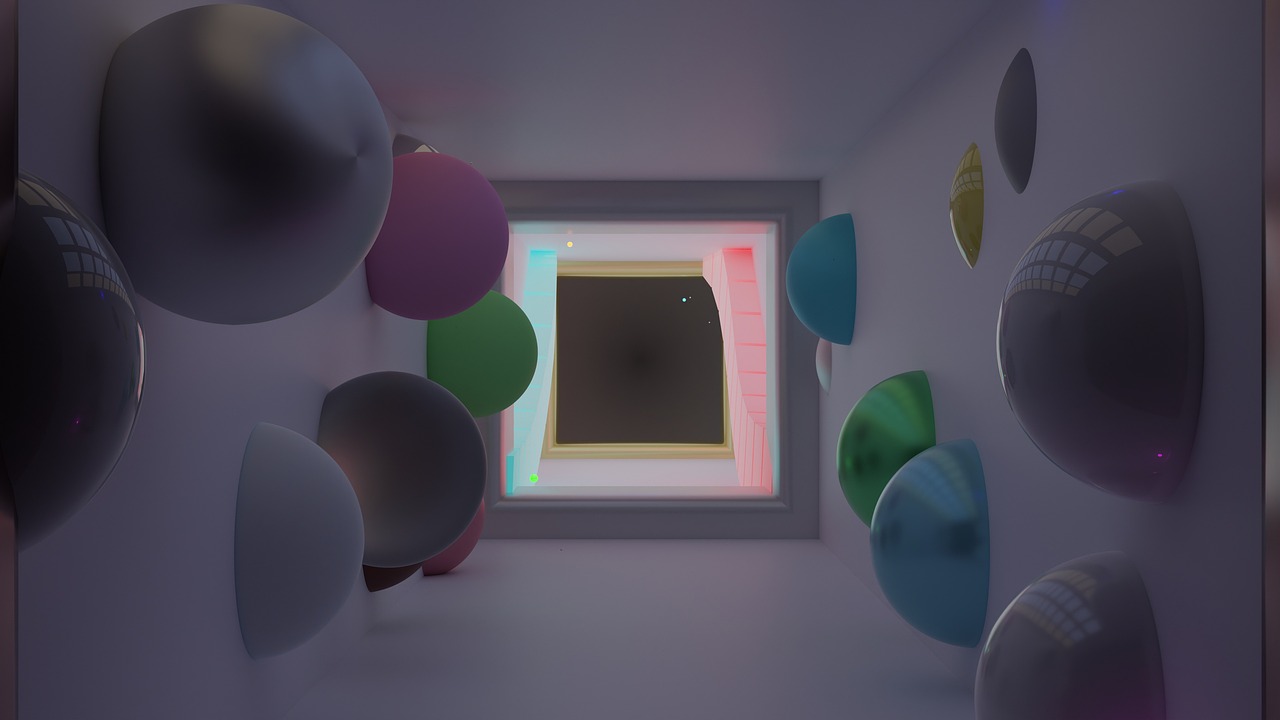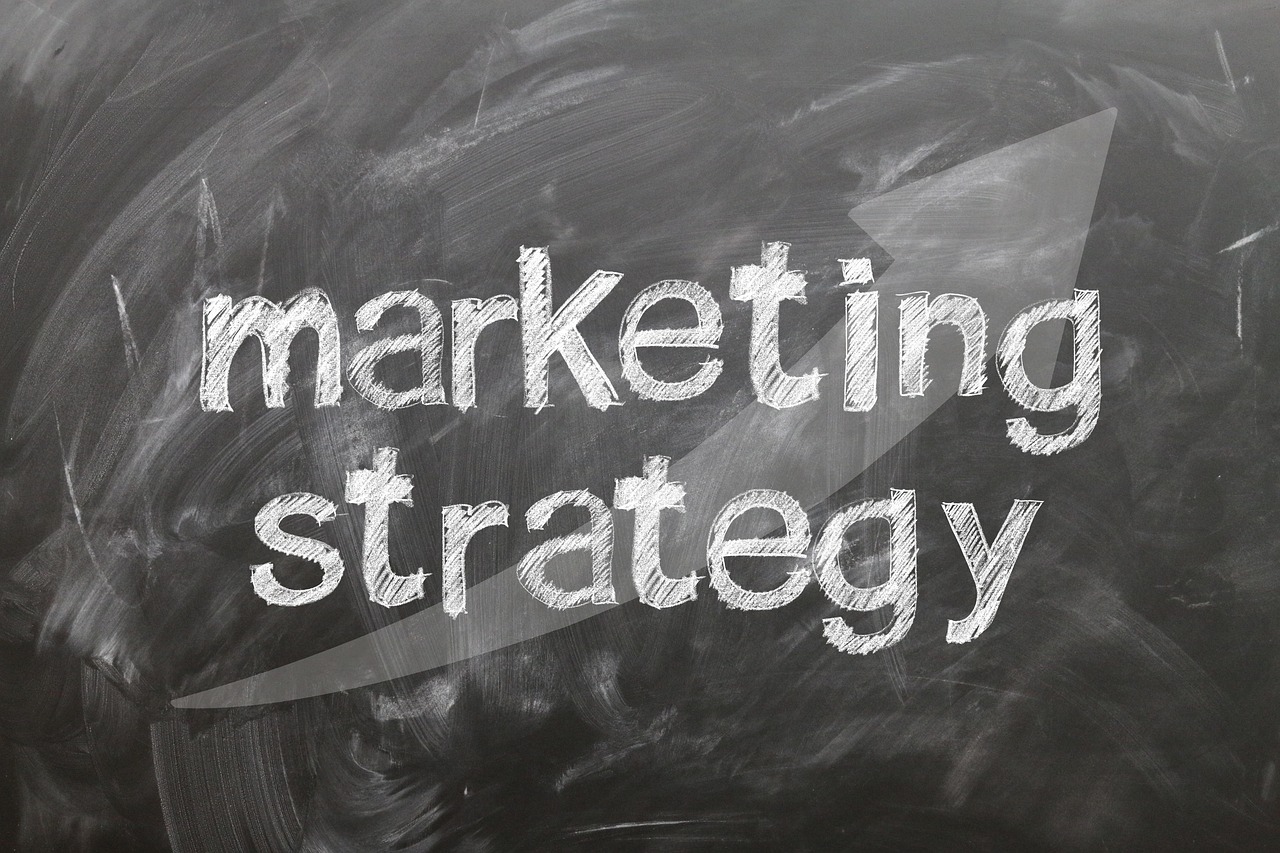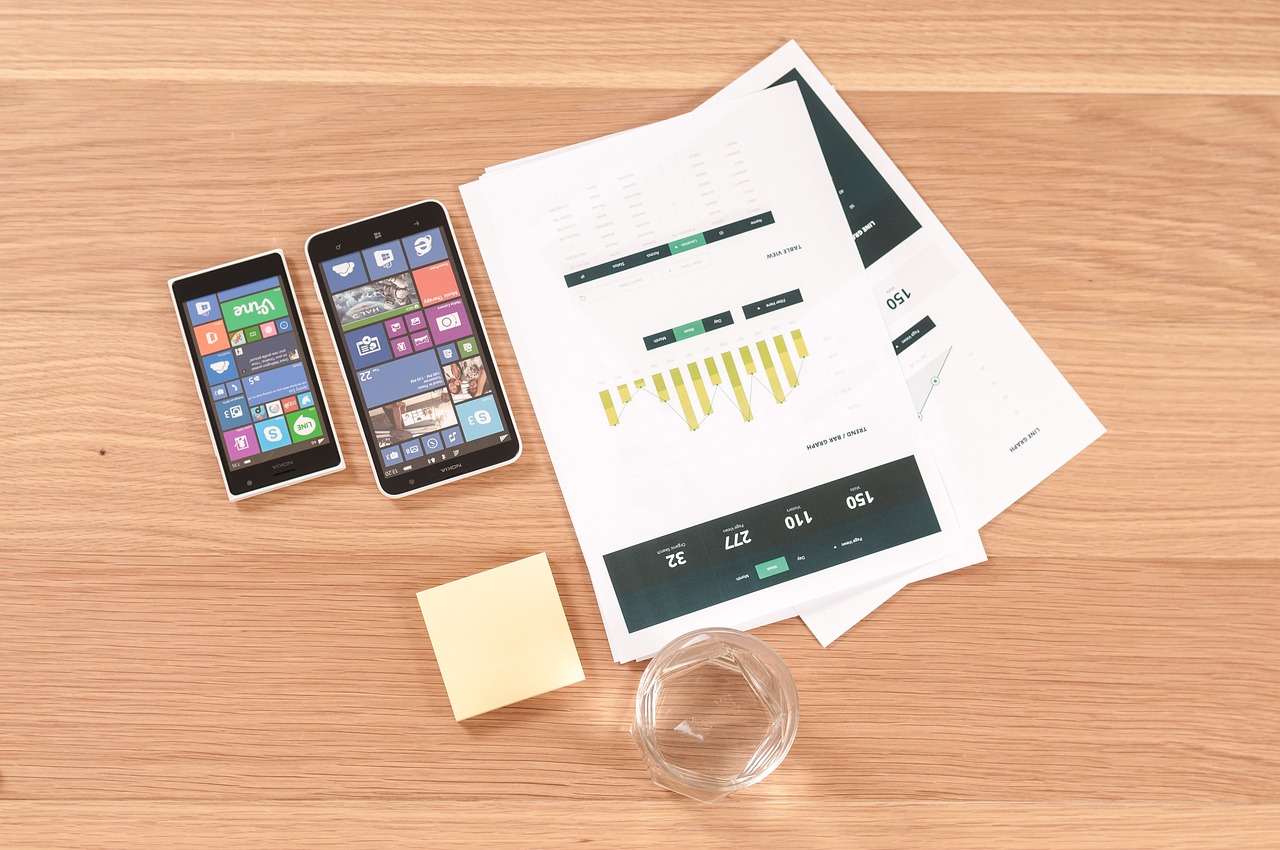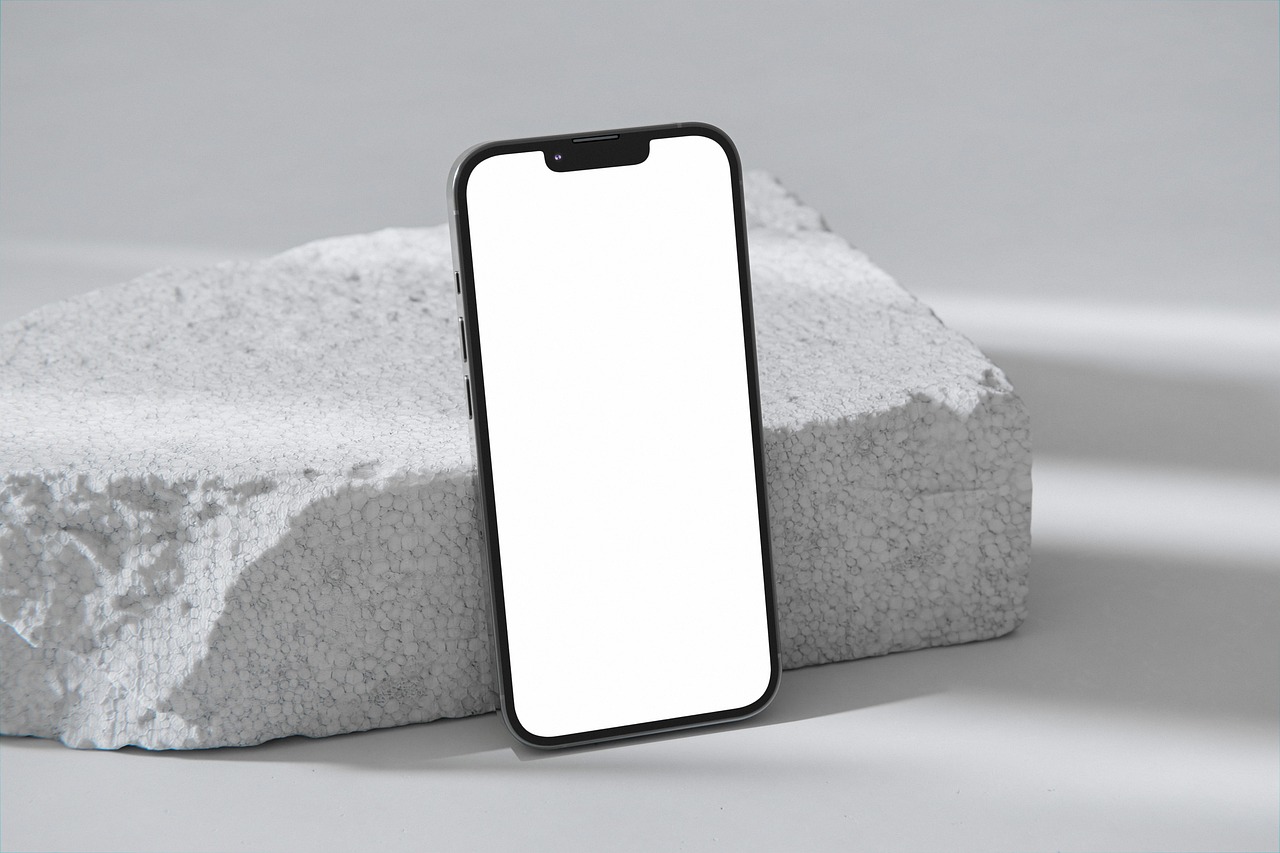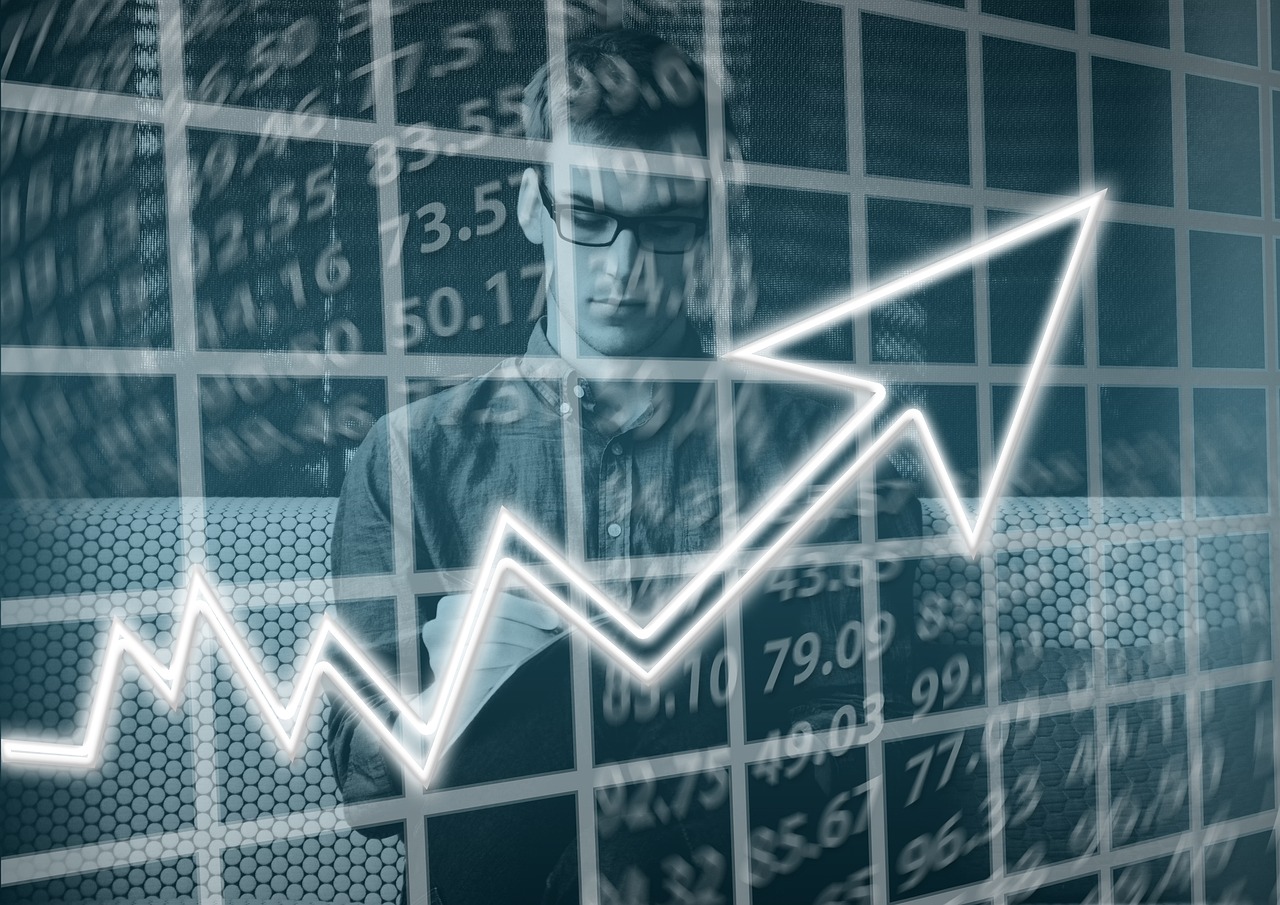Marketing is noisy. It feels like every brand is shouting over the other on social media, through email campaigns, in ads, in videos. Everywhere. So the big question is: how do you cut through the noise and actually get people to care?
One powerful answer? Motion graphics.
Let’s talk about how a splash of animation can bring your brand to life, supercharge engagement, and, yes. Boost that all-important ROI.
Why More Brands Are Turning to Animation
In the last few years, I’ve seen a dramatic shift in how brands approach digital marketing. Static visuals and plain text posts just don’t get the traction they used to. Today’s users scroll fast and forget even faster. But motion stops the scroll.
According to a 2024 HubSpot study, social media posts with video or animation receive up to 48% more engagement than static content. Pair that with a 2023 Nielsen report showing viewers retain 95% of a message when it’s delivered via video compared to just 10% when reading it. And the case basically makes itself.
Animation is no longer a nice-to-have. It’s becoming essential.
Motion Graphics: The Storytelling Superpower
At its heart, animation is storytelling. And great stories make us feel something. Which means we remember them.
Take your logo, for example. On its own? Nice. But animated? Suddenly it’s got personality. It dances into your viewer’s world. It speaks. It connects.
This is why I often encourage clients to use motion graphics not just for ads, but for explainer videos, onboarding sequences, email GIFs, Instagram stories. You name it.
A London-based SaaS startup I worked with last year rolled out an animated explainer to walk users through a new feature. The result? A 22% boost in feature adoption within two weeks. The same message delivered through a static FAQ? Crickets.
Behind the Scenes with a Creative Agency
When we integrate motion into a campaign, it’s rarely about “adding some animation to make it pop.” That kinda thinking leads to fluff. And people see straight through that.
Instead, a good creative agency starts with purpose. We dig into the message first:
- What do we want people to feel?
- What action should they take?
- Where will they encounter this content. On TikTok? In a sales deck? On a tradeshow screen?
Then we design the animation around those goals. Whether it’s a kinetic typography piece that delivers your brand values or a sleek animated product demo, every frame should work for you.
And when it’s grounded in strategy, motion doesn’t just look cool. It performs.
Best Practices: Doing Motion the Right Way
That said, let’s be real for a sec. Not all animation is good animation. I’ve seen brands go overboard with flashy effects, transitions, and visual noise, only to distract from the actual message.
Here’s what I always keep front and center:
- Stay true to your voice: Don’t animate just to animate. Use motion to clarify or enhance. Not confuse.
- Keep it short and snappy: Get to the point quickly. Attention spans are short, especially on mobile.
- Consider accessibility: Use legible text sizes, avoid flashing lights, and add captions when needed.
- Be platform-savvy: A looping animation might crush it on Instagram Reels, but feel awkward in a B2B email.
And always test. We had an FMCG client in Manchester who A/B tested two versions of their product intro: one static, one animated. The animated one saw a 4.7x higher click-through rate. But that success only came after we fine-tuned the pace and format for their audience.
Real Wins: UK Businesses Using Animation to Drive ROI
Let’s talk results. Because this is where the magic really shines.
Case 1: Fintech Explainer Video in Leeds
A mid-sized fintech firm needed to explain a complex new savings product to young professionals. We crafted a 90-second animated explainer filled with clean visuals, friendly voiceover, and vibrant kinetic text.
Result? A 38% increase in user sign-ups within eight weeks. And “cool video” became one of the most common bits of feedback in post-signup surveys.
Case 2: London Retail Brand’s Social Push
A fashion brand was launching a spring campaign and wanted something fresh. Their social videos used stop-motion mixed with animated typography to highlight product details.
The campaign achieved double their average reach, particularly on Instagram and TikTok, and contributed to a record-breaking week for sales.
These wins weren’t accidental. They were about blending clear messaging with the right kind of punchy motion.
Animation That Connects, Not Just Dazzles
At the end of the day, animation is a tool. A powerful one, no doubt. But still just a tool. If it doesn’t support your message, your strategy, your user experience… then it’s just noise.
But when it’s thoughtful? When it aligns with your brand’s visual identity and customer journey? That’s when the ROI climbs.
I’ve seen small tweaks in animation styles improve ad retention by up to 70%. I’ve watched low-engagement emails come to life with a tasteful GIF header. It takes real skill and insight to pull it off. But when you do, you stand out for the right reasons.
So, What’s Next?
If you’re ready to truly level up your brand storytelling, consider putting motion on the table. Not just for one-off videos, but as a core part of your marketing strategy.
Start small if you have to. A motion logo. An animated call-to-action. Build from there.
And if you’re not sure how to begin? That’s what we’re here for.
Let’s make it move.
Frequently Asked Questions
What types of animation are best for marketing?
It depends on your objective and platform. Short-form animations like GIFs and micro-videos do well on social media. Explainer animations are great for product understanding. Kinetic typography can spice up brand messaging. The best approach is usually a mix tailored to your channels and audience intent.
Is animation expensive to produce?
Not always. While high-end 3D work can be costly, many effective animations. Like 2D motion graphics or explainer videos. Are very affordable. Costs vary depending on the complexity and length, so it’s wise to scope out exactly what you need first.
How long should a marketing animation be?
For digital platforms, keep it under 60 seconds. In fact, 15-30 seconds is often a sweet spot on social. For explainer videos on websites or sales presentations, 60-90 seconds can work well. It’s all about delivering value quickly without losing attention.
Are animations just for big brands?
Not at all. In fact, smaller businesses can reap even bigger benefits because animation helps them appear more polished and professional right out of the gate. It’s a level playing field when you invest in creative custom solutions.
How do I measure the ROI of animated content?
Track engagement metrics like views, click-through rates, and conversion rates. If used on landing pages, monitor bounce rates and session times. It’s also helpful to run A/B tests comparing animated vs static versions to see what resonates best with your audience. Consider both short-term outcomes and long-term brand elevation.
Ready to bring your brand to life? Let’s chat about how motion graphics can be your next big move.


